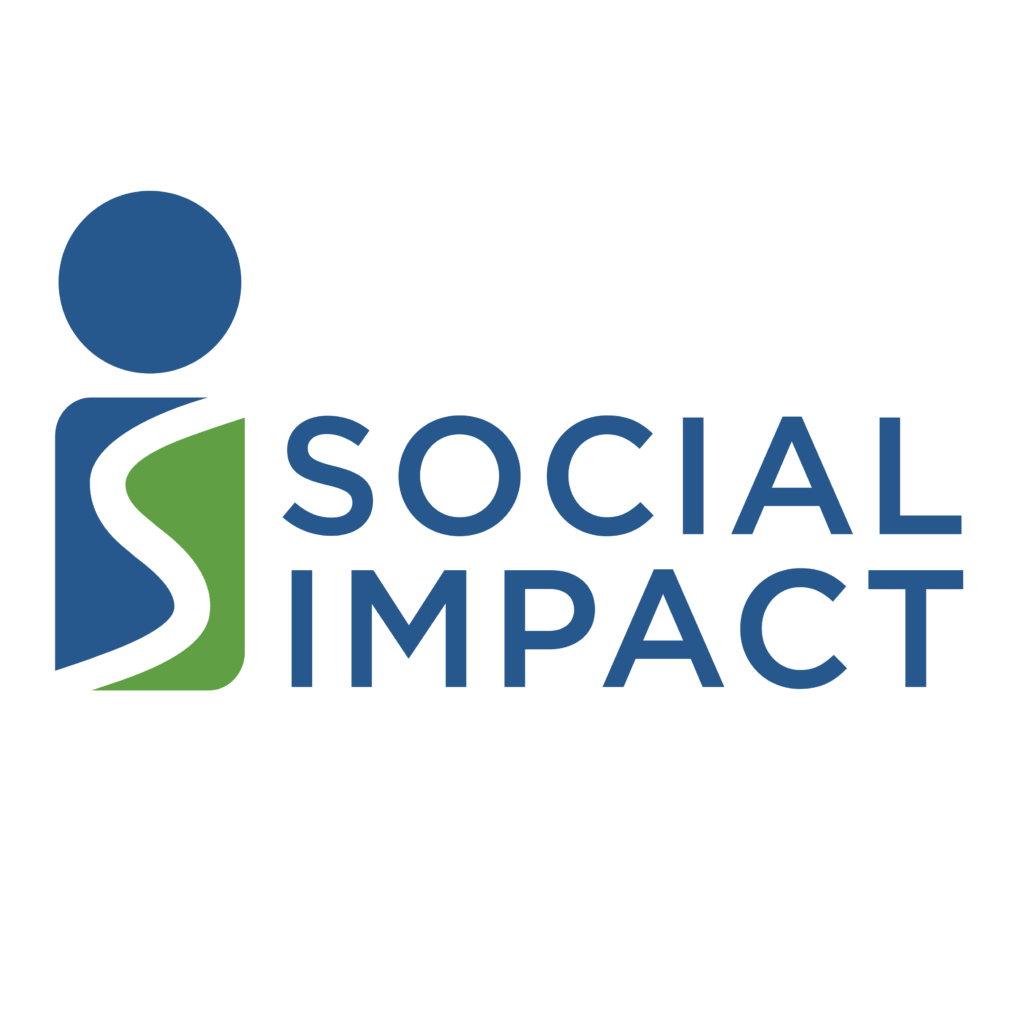This blog is part four of a six-part series on localization. Localization is a power-shifting process, where power is shifted to local actors to address development challenges. Over this series, Social Impact unpacks its own experiences on localization to shed light on our process and provide lessons learned for our funders, peers, and partners. For more on localization at Social Impact, see this page and blogs one, two, and three in the series.
Those of us working in international development often find ourselves getting stuck. Picture a network of organizations meant to provide humanitarian or development assistance, but which don’t make progress because meetings are generally inefficient and ineffective. Or an implementing agency’s monitoring staff sitting on data that—if used—would inform new directions in programming, but their leadership and technical colleagues don’t have time to read a long report or figure out what the data mean for them.
Imagine a team that is responsible for community planning, but doesn’t know how to bring local stakeholders together and lead them through an effective decision-making process? Or, consider an organization – with the best of intentions – unsure how to re-engineer internal processes to enable greater localization or how to bring their staff together with local stakeholders for joint design and planning.
Effective facilitation can help organizations address all of these challenges.
The Merriam Webster dictionary defines the word facilitate as making something easier. In an organizational context, facilitation is a process where facilitators help the stakeholders they are supporting determine and achieve shared goals. They hold the space for difficult conversations and decisions, and enable the group to move forward with greater alignment and commitment to what they hope to achieve. In other words, they make the process easier. (And yes, that does sound a lot like leadership! See this great article on why “facilitation skills may be the best kept leadership secret.”)
Facilitation can be provided in two ways: (1) session facilitation—often one-off meetings, workshops, or retreats—and (2) process facilitation, which may last months or years, and includes multiple events, meetings, and workshops. Process facilitation can include facilitating teams during the creation of a new strategy and/or theory of change, and reviewing implementation progress through a series of team reflections.
Both session and process facilitation are interrelated, and one complements the other. You must use process facilitation skills to design a good session and within process facilitation, there are likely to be many sessions. Well-facilitated sessions can also clarify longer-term processes and objectives, and well-facilitated processes can make it easier to determine what specific facilitation techniques would be most appropriate for each session.
And yet, facilitation skills are often undervalued or misunderstood. Many organizations still default to hiring a sector expert without asking themselves if they might need a facilitator instead of, or in addition to, the sector expert. Based on personal experiences, when organizations do hire facilitators, they are often over-confident that they know what group process or technique is best, despite their lack of facilitation experience. Have you ever heard things like: “We don’t need any small group discussions” or “please no post-its”? Sometimes they will ask for a facilitator, but what they really need is basic moderation: “Lunch is right outside this door”; “please be back from the break in 10 minutes”.
Skilled facilitators have so much to offer organizations in ways that complement sector experts. However, facilitation is its own area of expertise; it requires extensive practice and know-how. Facilitators must understand and be attuned to political and group dynamics, design sessions and processes that meet the group’s objectives, manage their own emotions and listen as if their lives depended on it, be aware of and manage the emotions of the group, deal effectively with difficult participants, manage group conflict, adapt on the fly to changing demands of the session or process, and keep everyone moving forward. That’s a tall order! (For a full list of facilitator competencies, see the International Association of Facilitators’ [IAF] list of facilitator competencies in English and multiple other languages available here.)
With such powerful skillsets, here is what facilitators can do to help teams, organizations, and collective action networks throughout the design and implementation cycle:
- Design and planning
- Develop strategies and designs that leverage the collective intelligence of the diverse group involved, from critical local organizations and actors to donors and implementers
- Develop theories of change that reflect the contextual reality and bring the best of local and international technical and context experts’ knowledge to bear on the development challenge
- Implementation
- Develop and manage collaboration norms and processes throughout implementation, to ensure efficient and effective collaboration among stakeholders and greater local ownership
- Facilitate collective action efforts that leverage the strengths of the local organizations and actors involved
- Support interagency, donor, implementing partner, and/or host government coordination to avoid duplication of efforts
- Monitoring, evaluation, and learning that meets local needs and donor requirements
- Facilitate a shared agreement on key outcomes and learning priorities
- Facilitate reflections on performance monitoring data, experiences, and other evidence to put learning into action
- Develop recommendations and action plans based on evaluation findings
- Apply research for evidence-informed decision making
- In all phases
- Support decision-making processes that allow all relevant voices to be heard while also arriving at decisions in a timely manner.
Beyond the specific phases listed above, skilled facilitators are able to more efficiently and intelligently bring people together, thus avoiding the plague of bad meetings. They also create processes that enable participation and inclusion, which leads to more local voices in the room and ultimately to better ideas and decisions.
The more importance we place on localization, the more importance we must place on facilitation skills. If local actors are to be in the lead, how best can we support them? I believe the answer is that, rather than being the decision makers, we should be connecting and holding space for local actors to collaborate; set priorities; and design, implement, learn from, and manage programs. Put simply, we should be facilitating development rather than dictating it.
The world’s problems will not be solved by one individual sitting in a quiet room. Complex problems require multiple organizations and actors, and coordinated efforts to achieve progress. Facilitation makes collaboration better, which means it is a foundational skill to address complex development challenges.
Here are my top recommendations for organizations to bring facilitation and facilitators into their ways of working:
- During design and work planning, call out when facilitation support will be needed to help all actors – including most importantly local actors – set priorities, make decisions, and have shared ownership over implementation.
- Provide your staff with facilitation training or with professional development funding to get trained in facilitation.
- Include facilitation skills in your job advertisements, when relevant, to signal the importance of this skillset.
- Consider whether you need a facilitator or a sector expert or both (they are very complementary skillsets but it can be rare for the same person to have both) when hiring or selecting candidates for specific assignments.
- Select facilitators wisely – they must have the confidence of participants and be trusted as an honest broker. In addition, consider which language(s) facilitators should use; even when there is simultaneous translation, facilitating local actors in English can often be a barrier to their full participation.
- When hiring a facilitator, respect their skillset and acknowledge it as its own area of expertise as you would other sector experts.
- For programs, consider whether you need to engage a strong facilitation organization as a partner to support facilitation needs throughout implementation.
______
Monalisa Salib leads the USAID Learns team in Vietnam as the Chief of Party. Her 18 years of experience includes long-term, field-based senior management and technical positions in Washington, D.C., Palestine, Yemen, and Vietnam. Monalisa was a co-creator of USAID’s Collaborating, Learning & Adapting (CLA) Framework and Maturity Tool and several other CLA resources on behalf of USAID.








